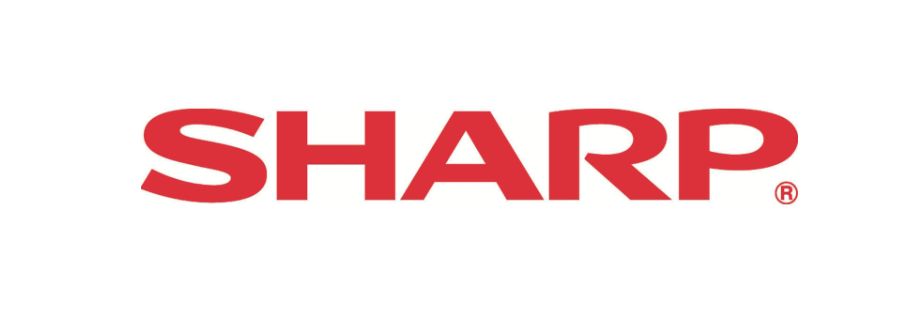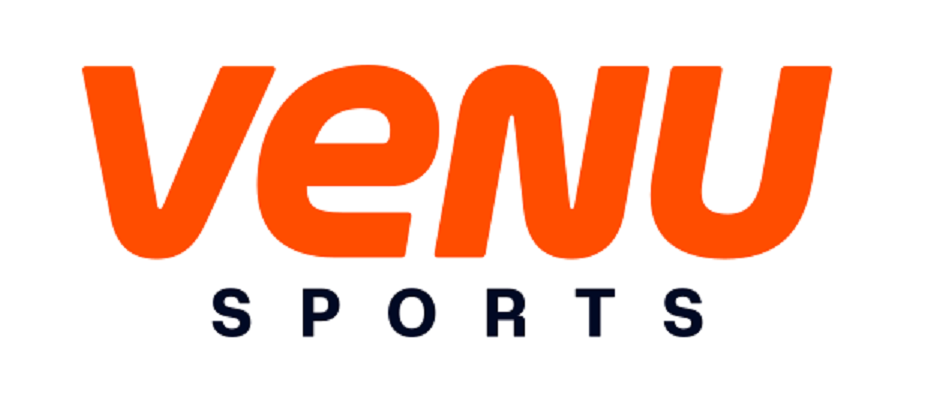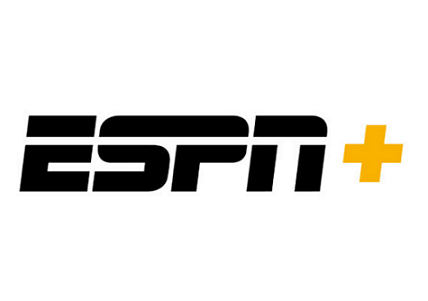Don’t call it a comeback, they’ve been here for years. “They” being Sharp. Though 2023 does mark a return to the US TV market, Sharp (which is launching a new 4k Smart TV powered by Roku) has been making TVs and selling them in the US and around the world for decades.
The company’s new models will give consumers an OLED set that delivers a 120HZ refresh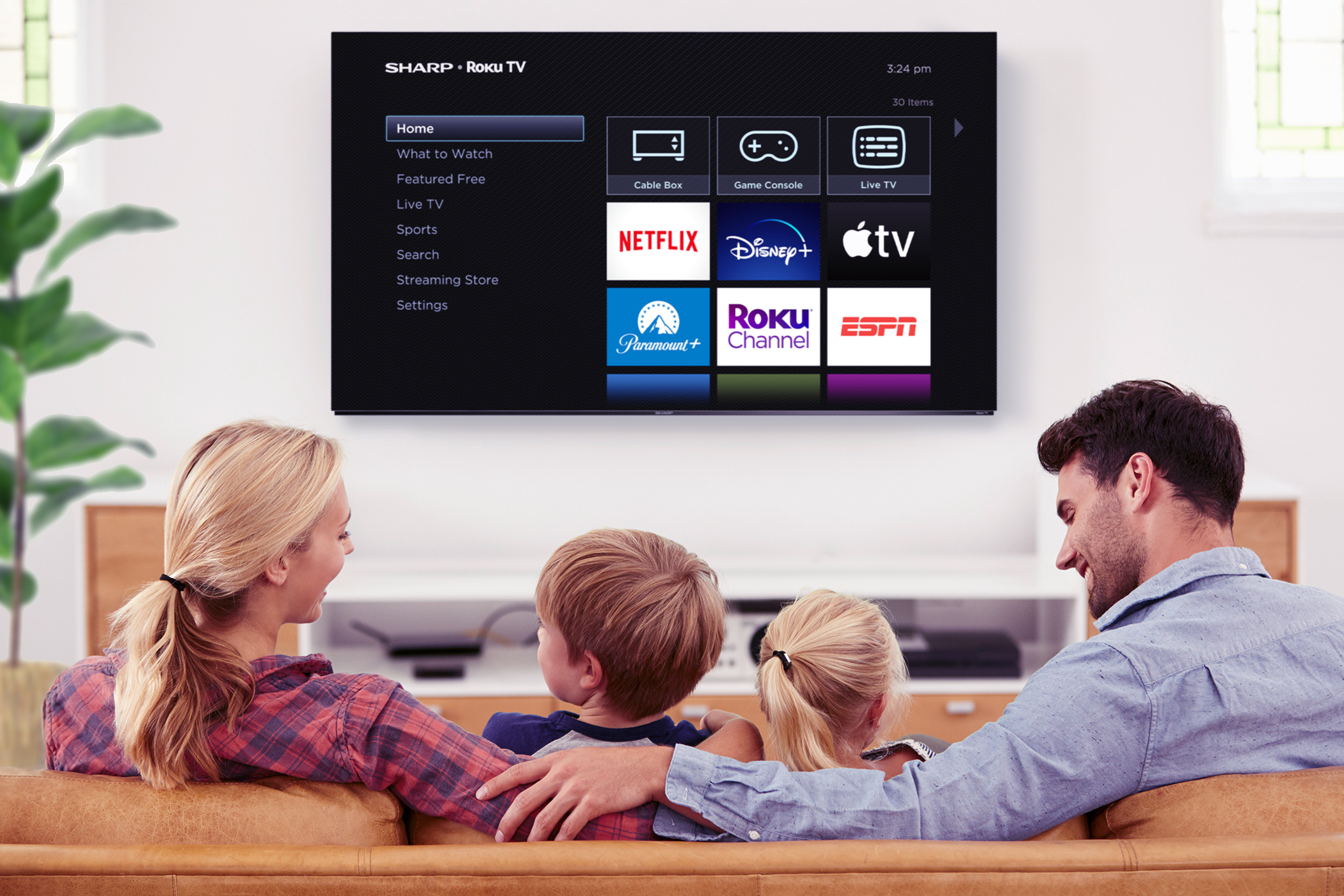 rate along with Dolby Vision and Dolby Atmos the industry standard for sound and video with competitive pricing at the top of the market.
rate along with Dolby Vision and Dolby Atmos the industry standard for sound and video with competitive pricing at the top of the market.
Sharp has been a ubiquitous presence in the US TV market for years and pioneered large-screen TVs before you could carry them from room to room under your arm. But after pulling out of the US market for the last few years the company leadership decided to put TVs front and center again where the brand could retake a prominent place in the home.
Why use Roku?
You might have noticed that Roku powers a lot of TV’s these days. The name Roku has become synonymous with consumer streaming. You see it a lot because people like using it. A company representative told the Streaming Advisor that it went with the Roku OS on the new product because of the popularity of Roku worldwide and especially in the US where it claims over 40 percent of the market share. Sharp aims to provide advanced performance in simple-to-use products and Roku prides itself on simplicity so it is a perfect match.
But while ease of use is a key selling point gamers and videophiles should be very happy with the high refresh rate offered by Sharp’s new high-end models. Its native 120Hz panel and ability to deliver Variable Refresh Rate (VRR) across all of its HDMI inputs and enables the TV to adjust its refresh rate automatically in real-time to match the frame rate outputted by a video game console or PC. This is a must for users looking for a lag-free experience when playing fast-paced games with immersive graphics.
Overall it is a match made in heaven for Sharp and consumers. According to Sharp executive Jim Sandusky, many gamers who also stream often plug a Roku Stick into whichever primary TV they utilize vs using the built-in apps that come with it. By providing the Roku OS with a high-performance display it takes out the middle man and saves an HDMI port. It also makes Sharp the only company selling a Roku-powered TV that can boast the combination of the highest refresh rate and an OLED display.
Did you say ports?
Anybody who uses a TV for more than apps knows the pain of running out of HDMI ports. For the last ten-years, the theme around TVs has been thinner is better. Large screens, small 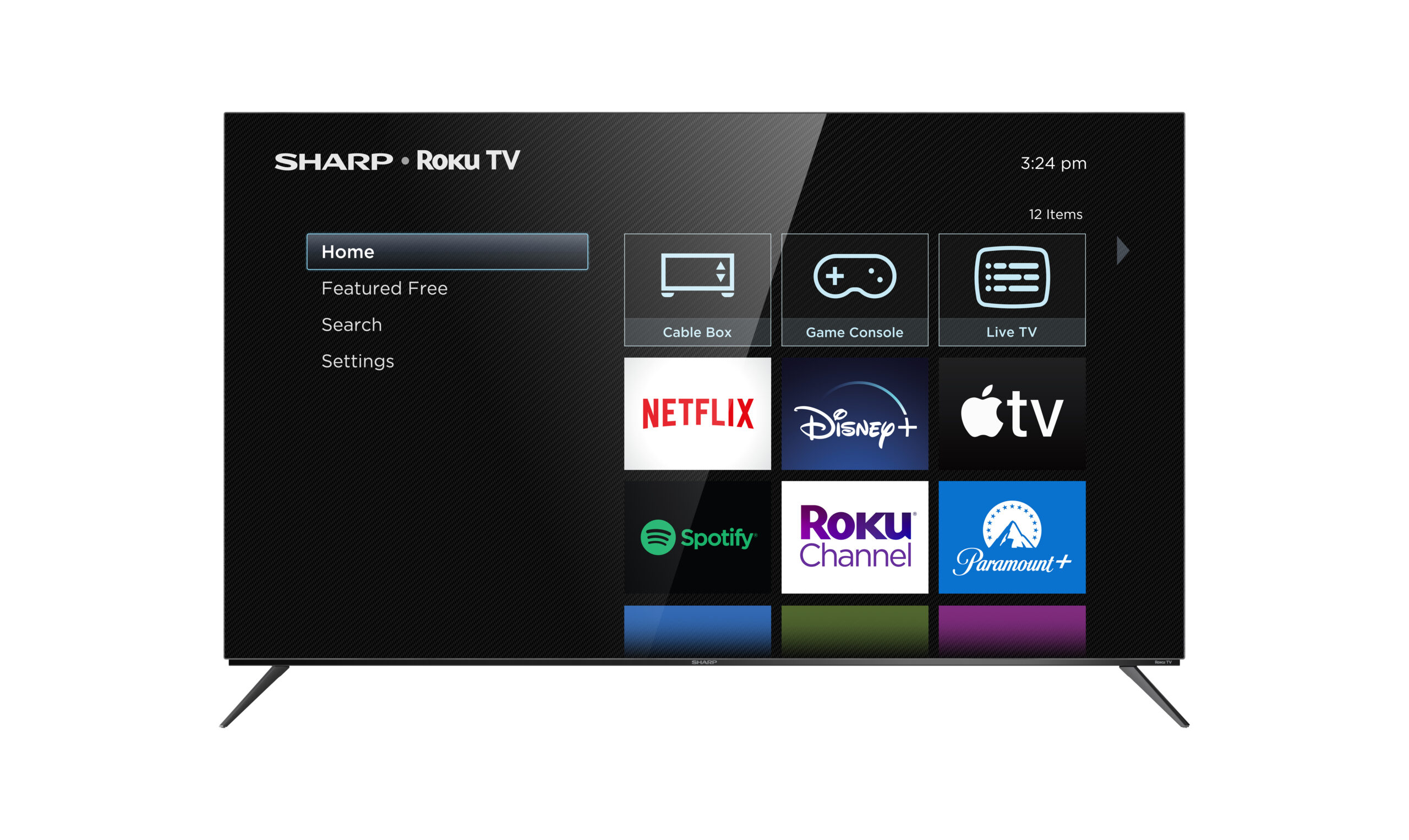 bezels, lightweight, beautiful displays. Speakers, not so much. That means that by default customers looking to get sound that lives up to the picture on their televisions have to purchase at the minimum a sound bar. So right away you are down an HDMI port. Sharp’s set will have 4 HDMI ports so that users will have a little more wiggle room. This way if a gamer wants to take advantage of that 120HZ refresh rate they can have a soundbar plugged into the Arc port along with a PlayStation, XBOX and Gaming PC without having to switch everything in and out. It is not easy to find TV’s with more than three HDMI ports these days much less an RCA port, which is also available. If you have more extensive needs than that I guess it’s time for a receiver. But Sharp is trying to help people avoid that.
bezels, lightweight, beautiful displays. Speakers, not so much. That means that by default customers looking to get sound that lives up to the picture on their televisions have to purchase at the minimum a sound bar. So right away you are down an HDMI port. Sharp’s set will have 4 HDMI ports so that users will have a little more wiggle room. This way if a gamer wants to take advantage of that 120HZ refresh rate they can have a soundbar plugged into the Arc port along with a PlayStation, XBOX and Gaming PC without having to switch everything in and out. It is not easy to find TV’s with more than three HDMI ports these days much less an RCA port, which is also available. If you have more extensive needs than that I guess it’s time for a receiver. But Sharp is trying to help people avoid that.
The HDMI ports are on display right on the home page alongside the video and audio apps so they are easy to access without jumping into a sub-menu and not only that easy to label. Roku has built-in icons that allow users to identify what is plugged in where instead of having to remember that HDMI 2 is the Blu-ray player etc. Instead, they can have a picture of a Blu-ray player or game system labeled with their own custom name. It makes switching from one port to another simple as well. Press home choose port, done.
Roku OS provides ease of use
The cool thing about having Roku build out the operating system is that it is something that has become familiar to millions of consumers and is truly the easiest system to learn in the market. It is the market leader in the US and popular worldwide. The company sends out software updates that automatically load on so that users can ensure that their apps continue to work properly over time.
On top of that Roku’s layout is intuitive. If you have an app installed it is displayed on the home page in a row in order of when you installed it. It looks a lot like an Android or iOS device. This means that users don’t have to add an app, then check a box to add it to the home screen or have to pick and choose what is displayed based on the amount of available slots. Users can have their top 9 apps on display right from the start and even place others at the bottom of the list putting them one click up on the remote away. The remote itself provides users with app launch buttons and a microphone button that allows them to use voice commands to launch apps and find programming according to their tastes.
Stepping up the sound
Another perk of building the Roku OS into the product is that if users choose to step up their experience from an audio perspective and really take advantage of the aforementioned Dolby Atmos then they can easily build a system around Roku wireless speakers and subwoofers or even partners that use Roku Ready technology like Bose.
While the higher-ups at Sharp know that the hardware side of the TV business is a tough one, its focus on hardware performance and its choice to partner with a content delivery platform that sets the standard for discovery and ease of use are set to put Sharp at the forefront of the conversation when it comes to high performance 4k TVs.

